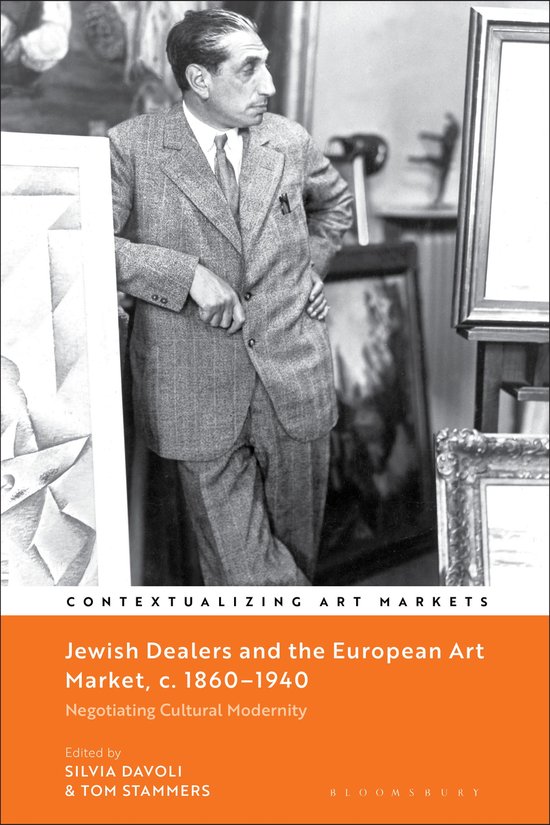Contextualizing art markets jewish dealers and the european art market c 1860 1940

Nog niet verschenen - reserveer een exemplaar
Before the tragedy of the Holocaust, many of the leading art and antiques dealers across Europe were Jewish, establishing dynamic cross-Channel, international and transatlantic networks. Aside from a few famous examples, however, we are only at the beginning of exploring the diversity of Jewish dealers' commercial and cultural worlds, and reflecting on the particular conditions that made possible their dramatic expansion within the profession.
Adopting a wider geography than any previous study, this book brings together a team of distinguished international contributors to consider Jewish art dealers as an interconnected cohort, tied together by common strategies and a shared vulnerability. After an extended historiographical introduction, the volume presents case studies and trends from 1860-1940, including: Jewish family businesses in Western Europe; the role of Jews as mediators of art from East Asia; the antisemitism and suspicion faced by Jewish dealers; Jews as theorists, exhibition makers and promoters of modern art ; and the geographical mobility and professional reinvention of Jewish dealers in times of economic and political crisis.
With a wide variety of illustrations, including paintings, decorative arts, historic photographs and archival material, the volume adopts a mix of methodological approaches to analyse a key chapter in Jewish cultural history and in the history of the international art market.
Includes Afterword by Charles Dellheim, author of Belonging and Betrayal: How Jews Made the Art World Modern (2021).
- 1 Bekijk alle specificaties
Taal: en
Bindwijze: Hardcover
Oorspronkelijke releasedatum: 23 januari 2025
Aantal pagina's: 336
Hoofdredacteur: Silvia Davoli
Hoofduitgeverij: Bloomsbury Visual Arts
Product breedte: 156 mm
Product lengte: 234 mm
Verpakking breedte: 156 mm
Verpakking lengte: 234 mm
EAN: 9781350473683